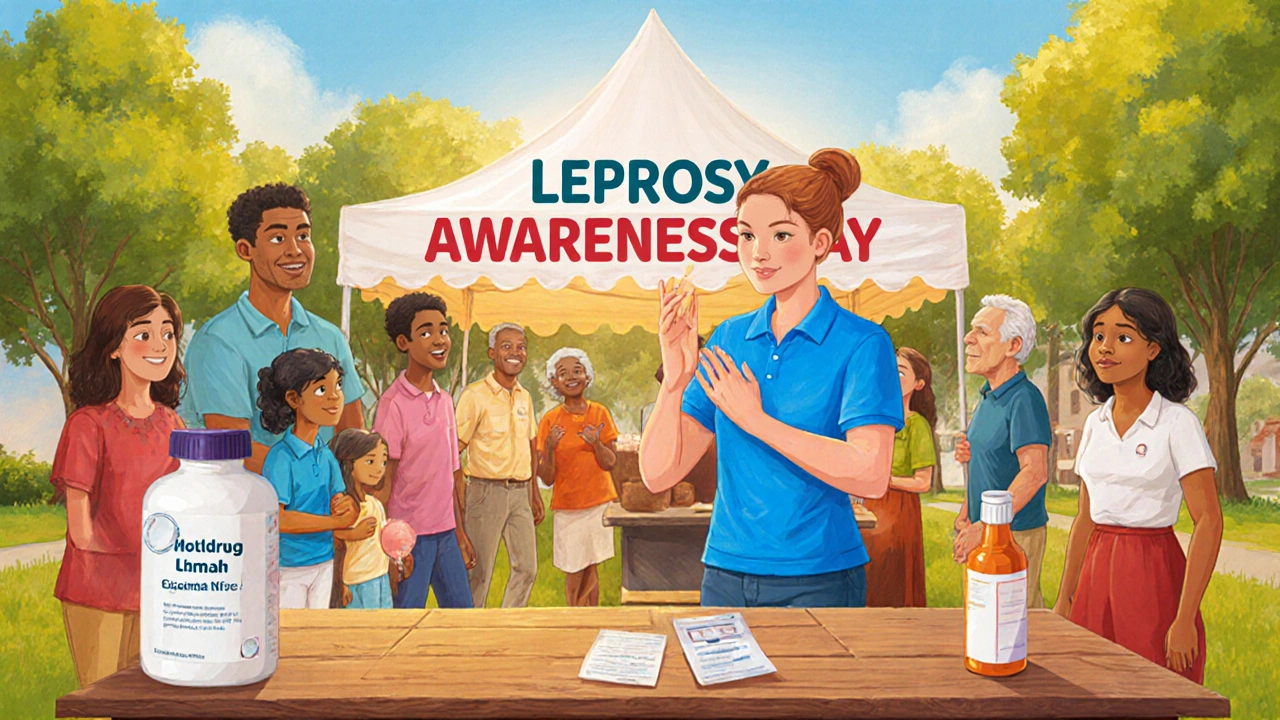Leprosy Awareness Day – Why It Matters
When we talk about Leprosy Awareness Day, an annual event held on the last Sunday of January that spotlights the fight against leprosy and the fight against related stigma, also known as World Leprosy Day, it serves as a reminder that this ancient disease still affects millions. Leprosy, a chronic infection of skin and nerves is caused by Mycobacterium leprae, the slow‑growing bacterium responsible for the illness. The day brings together health workers, activists and survivors to share facts, debunk myths and push for early diagnosis. In short, Leprosy Awareness Day emphasizes that detection, treatment and community support can break the chain of transmission and reduce suffering.
Key Topics Covered
One of the biggest hurdles is the lingering stigma that keeps people from seeking help. Stigma, the negative attitudes and discrimination faced by those affected often leads to isolation, job loss and delayed treatment. Effective medical care, however, is well established: the standard regimen combines dapsone, an antibacterial that slows bacterial growth with rifampicin and clofazimine, a three‑drug approach that can cure the disease in about a year. Education campaigns during Leprosy Awareness Day aim to replace fear with facts, showing that early therapy not only halts disease progression but also lowers transmission risk. The link between prompt treatment and reduced stigma is clear—when communities see cured patients returning to normal lives, the old myths lose their grip.
Beyond treatment, prevention starts with early detection and community outreach. Prevention, strategies that include skin screenings, contact tracing and vaccine research helps catch cases before severe nerve damage occurs. Mobile clinics, school programs and survivor networks are practical tools that bring care to remote areas where leprosy still hides. By pairing medical advances with social support, Leprosy Awareness Day highlights a full‑circle approach: detect early, treat effectively, and combat stigma through education. Below you’ll find a curated set of articles that dive deeper into each of these areas, from the science of Mycobacterium leprae to real‑world stories of people reclaiming their lives after treatment.
Leprosy Awareness Day: Boosting Global Awareness and Advocacy
Learn why Leprosy Awareness Day matters, how early detection and MDT work, and practical ways to support global advocacy against stigma.
Read





